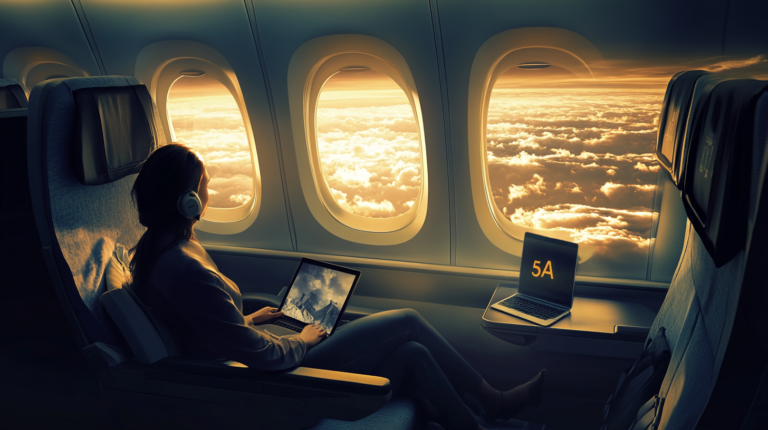In-Flight Etiquette: The Great Debate Over Reclining Seats
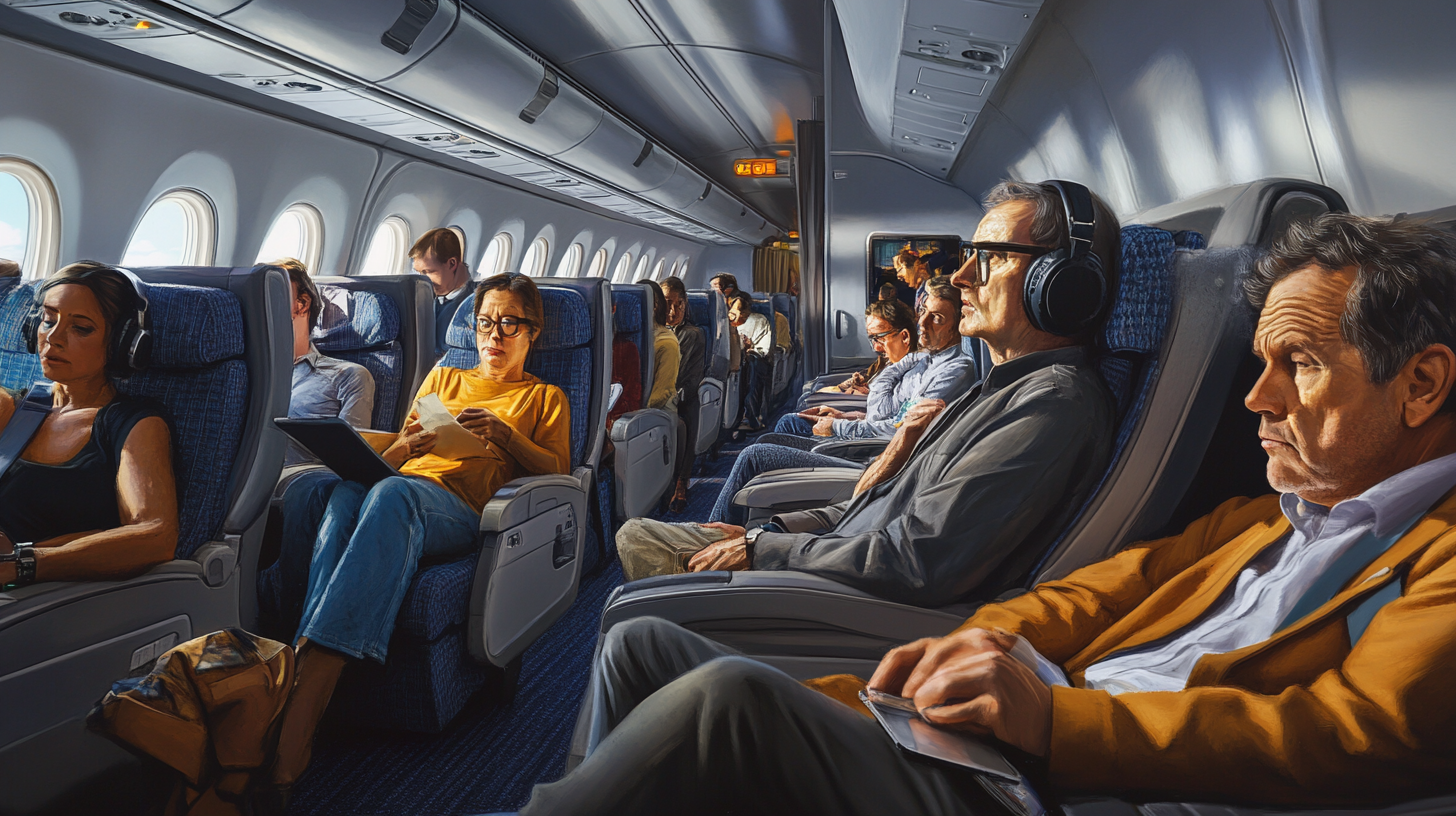
Air travel, often associated with the excitement of reaching new destinations and the allure of the journey itself, has become increasingly fraught with tension and discomfort. With airlines striving to maximize capacity, passengers are facing more cramped spaces than ever before. Legroom is shrinking, seats are narrowing, and personal space is at a premium. In this confined environment, even minor actions can lead to significant discomfort or annoyance among travelers, as explored in studies on passenger behavior in confined spaces . A particularly contentious issue fueling debates both on board and online is whether it’s courteous to recline one’s seat during a flight. This article delves into the nuanced arguments surrounding seat reclining, highlighting recent incidents that have reignited the discussion, and examining potential solutions aimed at resolving conflicts.
The Origins of the Reclining Seat Controversy
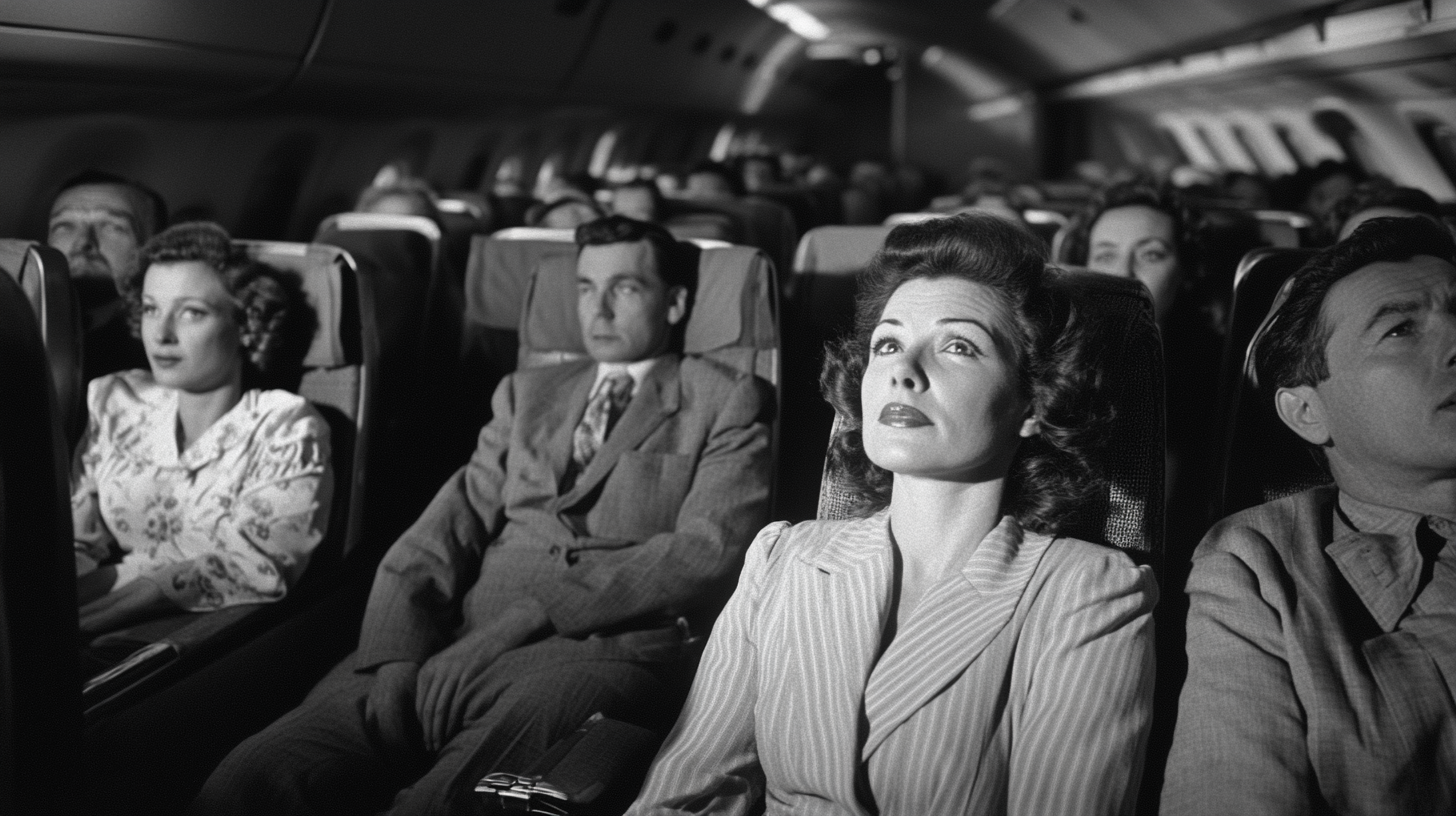
The modern traveler frequently grapples with limited personal space on airplanes. Over the past few decades, airlines have been steadily reducing seat pitch—the distance between rows—to accommodate more passengers per flight. With seat widths shrinking—some as narrow as 16 inches—and legroom diminishing, the cabin environment has become increasingly claustrophobic. This trend towards densification has been driven by economic pressures and the competitive nature of the airline industry. In this context, the act of reclining a seat can significantly impact the passenger behind, transforming a simple action into a potential trigger for conflict. A survey conducted in 2023 highlighted that reclining seats annoy about 40% of UK passengers and 25% of those in the US. This discomfort stems not only from physical encroachment into an already confined space but also from a perceived lack of courtesy. Passengers often feel that their personal space is being invaded without their consent, leading to disputes and heightened tensions during flights. The controversy over reclining seats has become a microcosm of broader issues in air travel, reflecting the challenges of balancing passenger comfort with the economic realities faced by airlines, as detailed in The history of airline seat designs and passenger comfort .
Viral Incidents Stirring the Debate
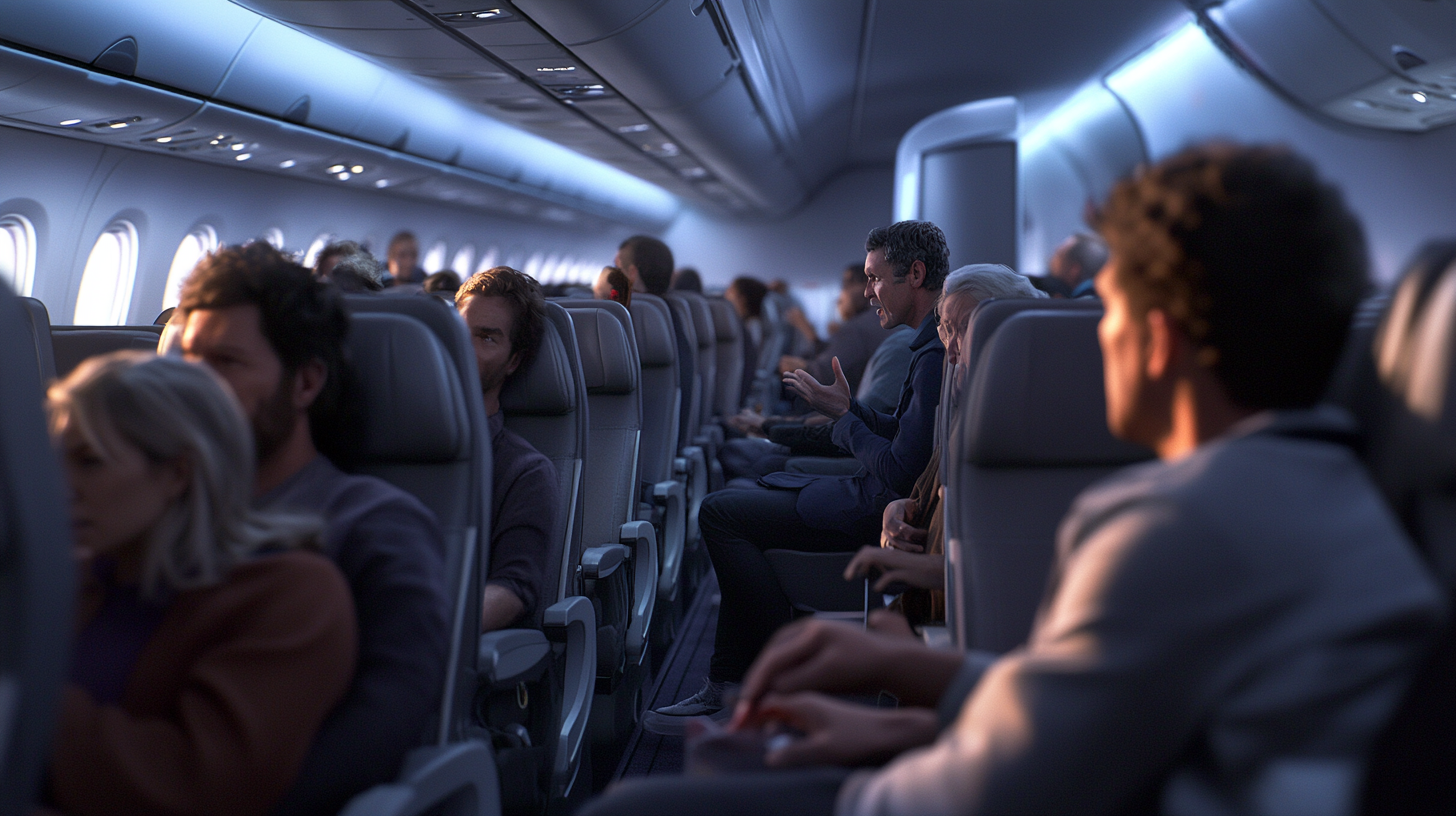
Social media has become a powerful amplifier for in-flight etiquette disputes, propelling individual incidents into global conversations. Viral videos showcasing confrontations over seat reclining have sparked heated discussions among millions of viewers, turning ordinary passengers into central figures in a broader debate. In one widely publicized instance, an American woman was filmed engaging in a tense argument with a fellow passenger who persistently pushed her seat after she reclined it during a five-hour flight. The video amassed over 10 million views, igniting a firestorm of commentary. Reactions were sharply divided; some viewers defended her right to recline, citing the seat’s functionality as implicit permission, while others empathized with the passenger behind, who may have been uncomfortable or unable to endure the reduced space.
Another notable incident involved a Reddit user who faced overwhelming backlash after complaining about being asked to adjust his seat during meal service. Commenters criticized the lack of consideration during a time when passengers are expected to eat in limited space. These occurrences highlight the ongoing struggle to balance personal comfort with consideration for others. They also underscore how peak travel seasons, when flights are fully booked and tensions run high, can exacerbate such conflicts. Social media platforms, with their vast reach, have brought these individual disputes into the public eye, prompting airlines and passengers alike to reconsider in-flight etiquette, as discussed in impact of social media on airline passenger behavior .
Etiquette Experts Weigh In
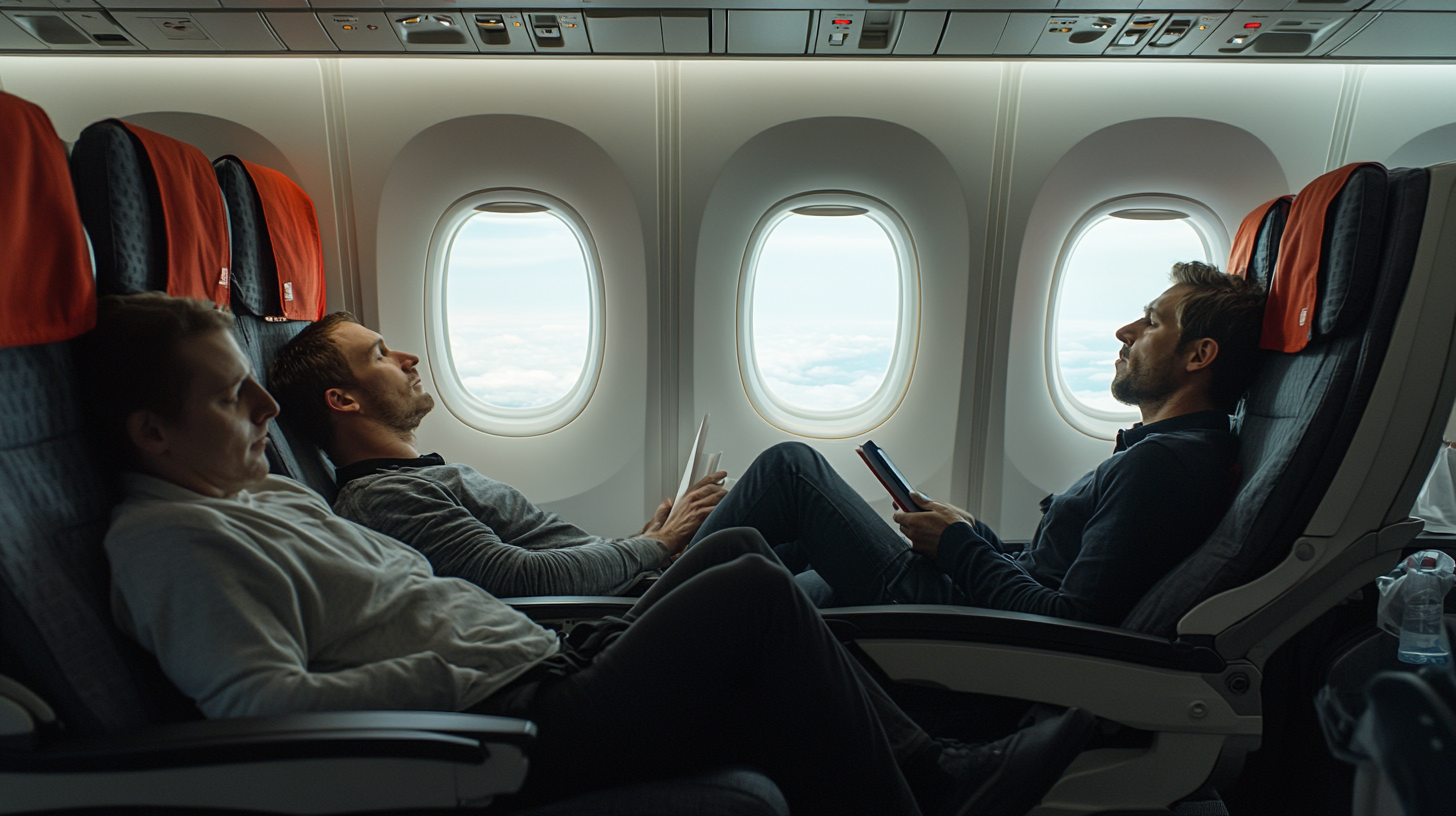
Etiquette professionals offer valuable guidance on navigating the complexities of in-flight courtesy, stressing the importance of empathy and open communication. Thomas Farley, known as “Mister Manners,” advises passengers to check with those seated behind them before reclining to prevent discomfort. He suggests a simple, polite inquiry such as, “Would you mind if I recline my seat?” can preempt potential frustration. Similarly, etiquette coach Julia Esteve Boyd emphasizes the importance of common courtesy, suggesting travelers avoid reclining during meals when tray tables are in use, and always be aware of the impact on others. She notes that considering the needs of fellow passengers contributes to a more pleasant experience for everyone on board.
Amanda King, another etiquette expert, recommends minimal reclining, particularly on short flights, to maintain a respectful environment. She acknowledges that while passengers have the right to recline, exercising restraint demonstrates consideration for others. These specialists agree that communication and empathy are crucial in mitigating conflicts arising from seat reclining. By adopting a mindful approach, passengers can navigate the nuances of in-flight etiquette more effectively, as outlined in expert tips on airline etiquette and passenger interactions .
Airline Responses and Seat Design Innovations

Airlines are responding to the growing discontent by reevaluating seat designs and policies in an effort to mitigate passenger conflicts. Delta Air Lines, for instance, reduced seat recline distances in its economy class to minimize the intrusion into the space of the passenger behind. This decision followed remarks by CEO Ed Bastian, who acknowledged passengers’ right to recline but suggested they should ask first, promoting a culture of courtesy. Some carriers have introduced innovative “shell seats,” which allow the seat to recline within a fixed shell, preventing the back of the seat from entering the space of the passenger behind. This design aims to preserve personal space while still offering some degree of recline for comfort.
Additionally, certain airlines have minimized recline options or removed them entirely in specific sections, such as short-haul economy flights, to prevent disputes and reduce maintenance costs associated with mechanical reclining mechanisms. These measures reflect an industry recognition of the need to balance passenger comfort with harmonious travel experiences. Airlines are also exploring the use of technology and design to create more ergonomic seating arrangements, as discussed in innovations in aircraft seat design for enhanced passenger comfort . By reimagining cabin layouts and seating functionalities, airlines hope to address the root causes of discomfort and conflict, leading to a more pleasant journey for all.
Cultural Differences and Public Opinion
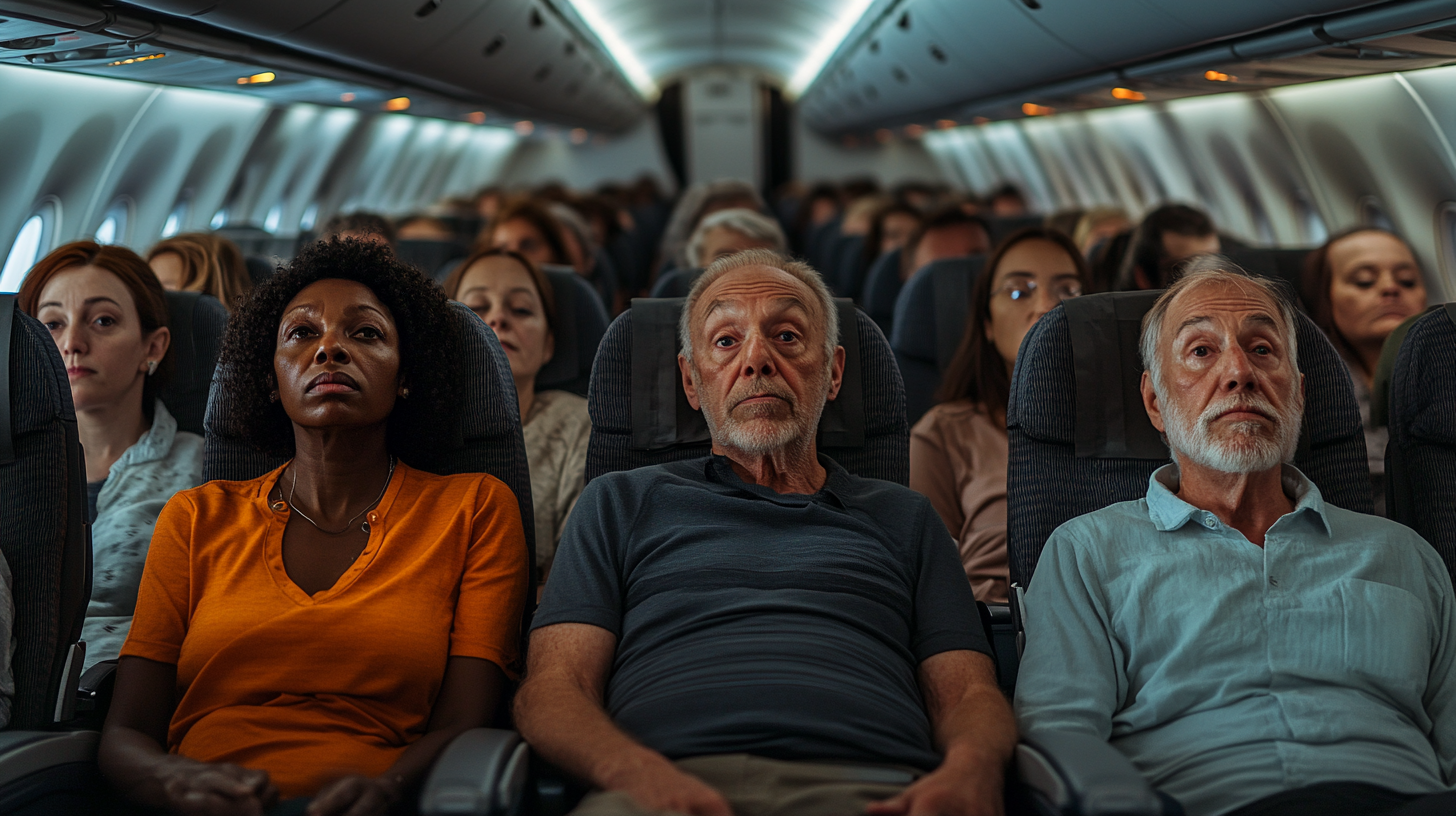
Cultural perspectives play a significant role in shaping attitudes toward seat reclining. A 2023 survey revealed that Britons are generally more annoyed by reclining seats compared to Americans, indicating a potential difference in social norms and expectations regarding personal space and public behavior. In certain cultures, there is a heightened awareness of not inconveniencing others, which may influence how passengers perceive the act of reclining.
Furniture brand La-Z-Boy capitalized on the debate by launching the #BanReclining petition, which garnered over 200,000 signatures, reflecting a substantial public sentiment against reclining seats. Their campaign aligns with a Harris Poll indicating that 40% of Americans favor banning seat reclining on airplanes. These movements suggest a growing desire for uniform policies that remove the ambiguity and personal discretion involved in seat reclining.
These findings illustrate the diverse opinions on the matter, influenced by cultural norms, societal expectations, and personal experiences. Understanding these cultural differences is essential for airlines operating internationally, as it may inform their policies and customer service approaches. For a deeper dive into how cultural factors influence travel etiquette, see cultural attitudes towards personal space in travel .
Balancing Personal Comfort with Courtesy
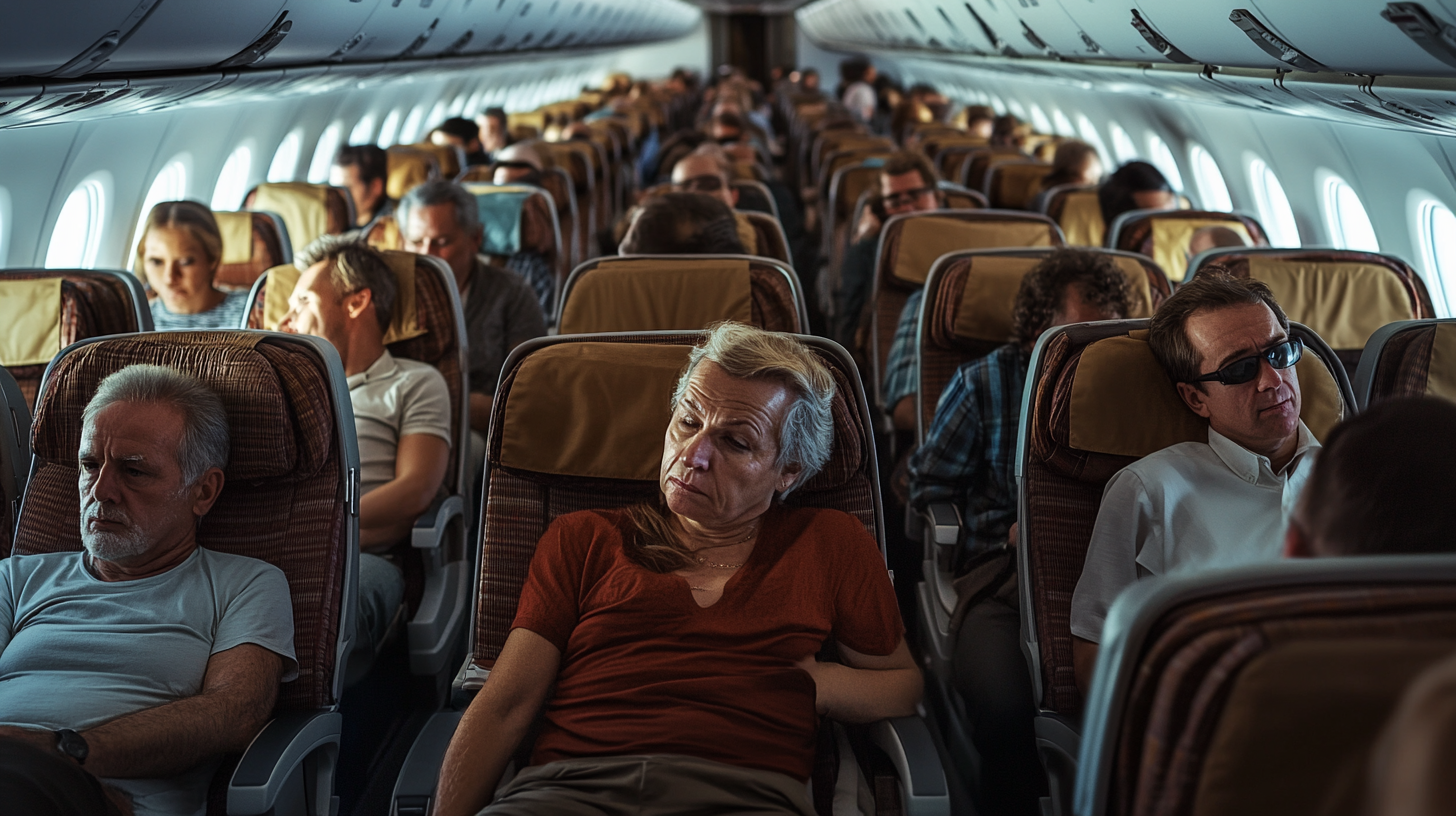
The crux of the reclining seat debate lies in finding equilibrium between individual comfort and collective courtesy. Travelers are encouraged to consider several factors before deciding to recline, such as flight duration, time of day, and the activities of passengers around them. For instance, on overnight flights, reclining may be more acceptable as many passengers wish to sleep. Conversely, during meal service or on short-haul daytime flights, keeping seats upright may be more considerate.
Providing a polite heads-up to the passenger behind can prevent surprises and foster a cooperative atmosphere. A simple gesture or brief communication can diffuse potential tension. Some passengers have even adopted the practice of reclining gradually, allowing the person behind them time to adjust.
Etiquette experts and flight attendants alike emphasize that empathy and clear communication are key. By acknowledging shared spaces and showing respect for fellow passengers, travelers can help minimize conflicts and enhance the overall flying experience. For practical strategies on in-flight courtesy, refer to guidelines for considerate air travel .
Final Thoughts
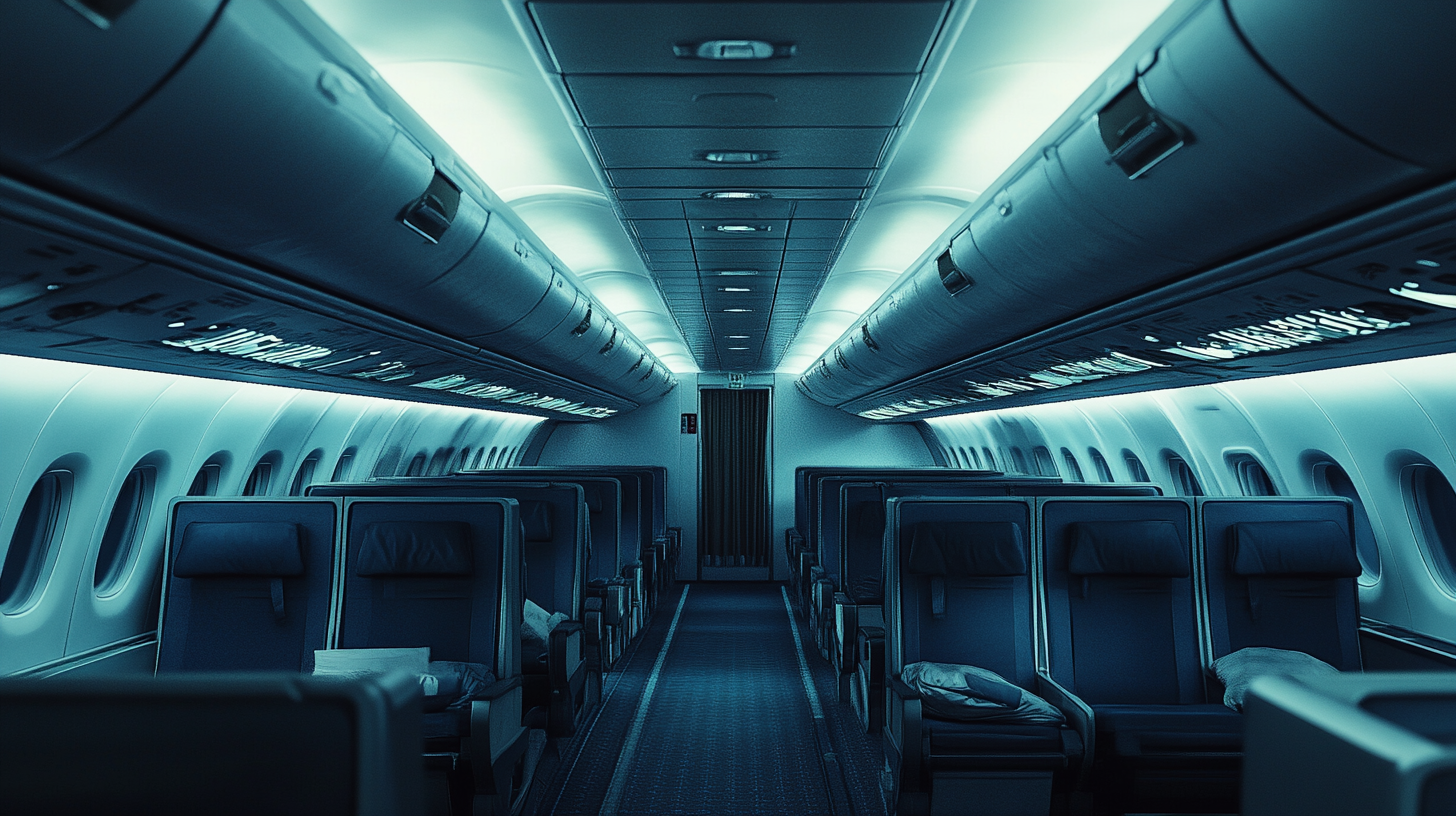
As air travel continues to present challenges associated with limited space and differing personal preferences, the debate over seat reclining remains a pertinent issue. While passengers have the right to utilize their seats fully, exercising mindfulness and consideration can go a long way in ensuring a pleasant journey for everyone on board. In an environment where tensions can easily escalate, a small gesture of politeness may be the simple solution to a complex problem.
Ultimately, the responsibility for a harmonious flight experience is shared among passengers, airlines, and industry regulators. By continuing the conversation and seeking innovative solutions, it is possible to address the core issues underlying the reclining seat debate. Embracing empathy and open communication may not only resolve conflicts but also enhance the overall quality of air travel for all.
Follow us back to Seat 5A for more insights and updates on air travel etiquette and innovations.



